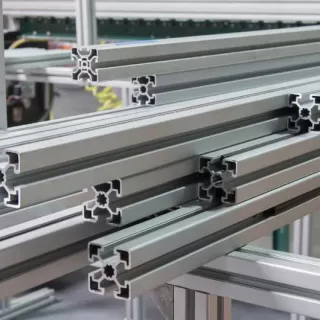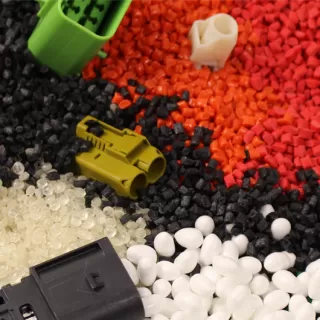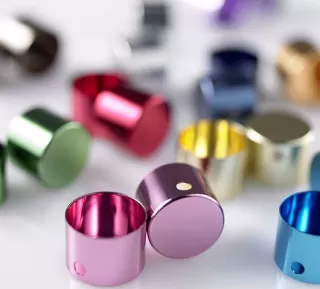14 Materials Commonly Used In Die Casting
From aluminum to zinc, die casting can be done with a range of materials. Learn about the 14 most popular materials used in die casting and their unique properties.
Types of aluminum available for die casting ↓
Aluminum Type | Detail |
Aluminum Alloy A380 | This is the most widely used aluminum alloy for die casting. It offers good strength, excellent fluidity, and high resistance to corrosion. It is often used for automotive components, electrical housings, and various consumer products. |
Aluminum Alloy A383 | This alloy offers improved mechanical properties compared to A380, including higher strength and better thermal conductivity. It is commonly used for applications that require high-performance die castings, such as engine brackets, power tool housings, and aerospace components. |
Aluminum Alloy A360 | This alloy has excellent pressure tightness and fluidity, making it suitable for complex shapes and thin-walled castings. It has good corrosion resistance and is often used for automotive parts, electronic devices, and lighting fixtures. |
Aluminum Alloy A413 | This alloy has high strength and excellent pressure tightness. It also offers good castability and is frequently used for components requiring high integrity, such as engine pistons, pump housings, and transmission cases. |
Aluminum Alloy 380.0-F | This is a specialized alloy that contains a higher silicon content, which improves fluidity and dimensional stability. It is commonly used for intricate and thin-walled castings, such as electrical connectors, computer parts, and telecommunication equipment. |
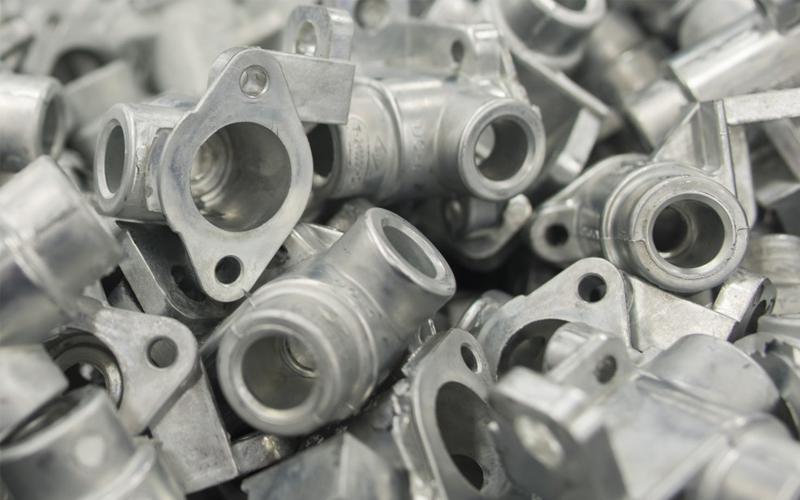
Zinc alloy types available for die casting ↓
Zinc alloy Type | Detail |
Zamak 3 (ZnAl4) | Zamak 3 is the most widely used zinc alloy for die casting. It consists of approximately 4% aluminum, 1% copper, and small amounts of magnesium. Zamak 3 offers excellent fluidity, high ductility, and good impact strength. It is commonly used for a wide range of applications, including automotive components, electrical housings, and consumer products. |
Zamak 5 (ZnAl4Cu1) | Zamak 5 is similar to Zamak 3 but with higher copper content. It contains approximately 4% aluminum, 1% copper, and small amounts of magnesium. Zamak 5 offers higher strength, hardness, and wear resistance compared to Zamak 3. It is often used for applications that require increased mechanical properties, such as automotive brackets, electrical connectors, and hardware fittings. |
Zamak 2 (ZnAl4Cu3) | Zamak 2 is another zinc alloy with higher copper content. It contains approximately 4% aluminum, 3% copper, and small amounts of magnesium. Zamak 2 offers improved strength, hardness, and dimensional stability compared to Zamak 3 and Zamak 5. It is commonly used for applications that require higher strength and impact resistance, such as automotive components, household appliances, and industrial equipment. |
ZA-8 (ZnAl8Cu1) | ZA-8 is a zinc alloy that contains approximately 8% aluminum, 1% copper, and small amounts of magnesium. It offers higher strength, hardness, and creep resistance compared to traditional zinc alloys. ZA-8 is commonly used for applications that require high-strength and precise castings, such as automotive components, electrical connectors, and industrial machinery. |
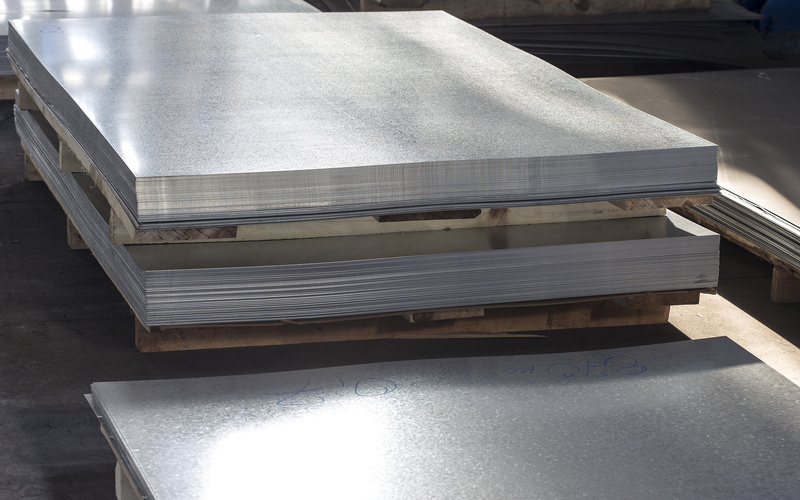
Magnesium available for die casting Alloy type ↓
Magnesium Type | Detail |
AZ91D | This is the most widely used magnesium alloy for die casting. It contains approximately 9% aluminum, 1% zinc, and small amounts of manganese and copper. AZ91D offers good strength, excellent castability, and good corrosion resistance. It is commonly used in automotive components, electronic devices, and consumer products. |
AM60B | This alloy contains approximately 6% aluminum and 0.3% manganese. AM60B offers a good combination of strength, ductility, and impact resistance. It is often used in applications that require high ductility, such as power tools, hand tools, and automotive parts. |
AZ31B | This alloy contains approximately 3% aluminum and 1% zinc. AZ31B has good strength and excellent formability, making it suitable for intricate and thin-walled castings. It is commonly used in electronics, aerospace components, and sporting goods. |
AZ63A | This alloy contains approximately 6% aluminum and 3% zinc. AZ63A offers improved strength compared to AZ91D and good corrosion resistance. It is often used in applications that require high-performance die castings, such as automotive components, industrial equipment, and consumer electronics. |
ZK60A | This alloy contains approximately 6% zinc and 0.5% zirconium. ZK60A offers excellent strength, good ductility, and high impact resistance. It is commonly used in applications that require high strength and impact resistance, such as aerospace components, sporting goods, and power tools. |
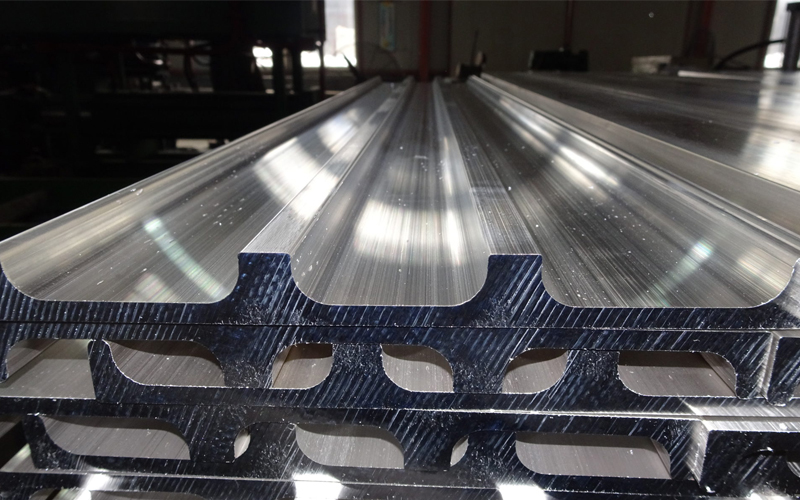
Types of steel alloys available for die casting ↓
Steel not commonly used in the die casting process due to its higher melting point and different casting characteristics.
It can be cast using other methods such as sand casting, investment casting, or continuous casting.
Steel Type | Detail |
Carbon Steel | This is a widely used steel type that contains primarily iron and carbon. It can be cast easily and offers good strength and toughness. Carbon steel is often employed in applications such as automotive components, machinery parts, and construction materials. |
Stainless Steel | Stainless steel is an alloy that contains iron, chromium, and other elements to provide high corrosion resistance. It can be cast using various methods like investment casting or sand casting. Stainless steel castings find applications in industries such as aerospace, chemical processing, and food processing. |
Alloy Steel | Alloy steels are composed of iron, carbon, and other elements such as manganese, nickel, chromium, or molybdenum to enhance specific properties. Alloy steel castings can offer improved strength, wear resistance, and heat resistance compared to carbon steel. They are used in diverse applications, including automotive, oil and gas, and machinery industries. |
Tool Steel | Tool steels are specifically designed for their exceptional hardness, toughness, and wear resistance. They are commonly used for casting molds and dies that are utilized in various casting processes. Tool steel castings are employed in applications where high strength and durability are crucial, such as in tool and die manufacturing. |
Types of copper alloys available for die casting ↓
Copper alloys are not commonly used for die casting due to their higher melting points and other challenges associated with the process. It can be cast using other methods such as sand casting or investment casting.
Copper alloy Type | Detail |
Bronze | Bronze is an alloy primarily composed of copper and tin. It offers excellent strength, wear resistance, and corrosion resistance. Bronze castings are commonly used in applications such as bearings, bushings, gears, and decorative art. |
Brass | Brass is an alloy primarily composed of copper and zinc. It offers good strength, corrosion resistance, and excellent machinability. Brass castings find applications in various industries, including plumbing, musical instruments, decorative hardware, and electrical connectors. |
Gunmetal | Gunmetal is an alloy that typically consists of copper, tin, and zinc. It offers good strength, wear resistance, and excellent resistance to saltwater corrosion. Gunmetal castings are commonly used in marine applications, such as propellers, valves, and marine fittings. |
Copper-Nickel Alloys | Copper-nickel alloys, also known as cupronickel, are alloys that contain varying percentages of copper and nickel. These alloys offer excellent resistance to corrosion, particularly in marine environments. Copper-nickel castings are commonly used in applications such as shipbuilding, offshore structures, heat exchangers, and condenser tubes. |
Cast iron models available for die casting ↓
Cast iron is not typically used in die casting processes. Die casting is primarily associated with non-ferrous metals like aluminum, zinc, and magnesium. Cast iron has a higher melting point and different casting characteristics compared to these metals, making it more suitable for sand casting or investment casting.
Cast iron Type | Detail |
Gray Iron | (also known as gray cast iron) Gray iron is the most commonly used type of cast iron. It has a high carbon content, which contributes to its distinctive gray appearance. Gray iron offers good casting properties, excellent wear resistance, and good damping properties. It is often used in applications such as engine blocks, pipes, valves, and machinery components. |
Ductile Iron | (also known as nodular cast iron or spheroidal graphite iron): Ductile iron is an iron-carbon alloy that has been treated with magnesium to produce graphite nodules within the microstructure. This results in improved strength, ductility, and impact resistance compared to gray iron. Ductile iron is commonly used in applications that require high strength and toughness, such as automotive parts, construction equipment, and heavy machinery. |
White Iron | White iron is a hard and brittle form of cast iron that contains high levels of carbon and alloying elements such as chromium, molybdenum, or nickel. It is characterized by its white, hard surface and excellent wear resistance. White iron is often used in applications that require resistance to abrasive wear, such as mining equipment, grinding balls, and wear plates. |
Not sure which material is a better match for your die casting project?
Contact Us For Technical Support
Related Knowledge
